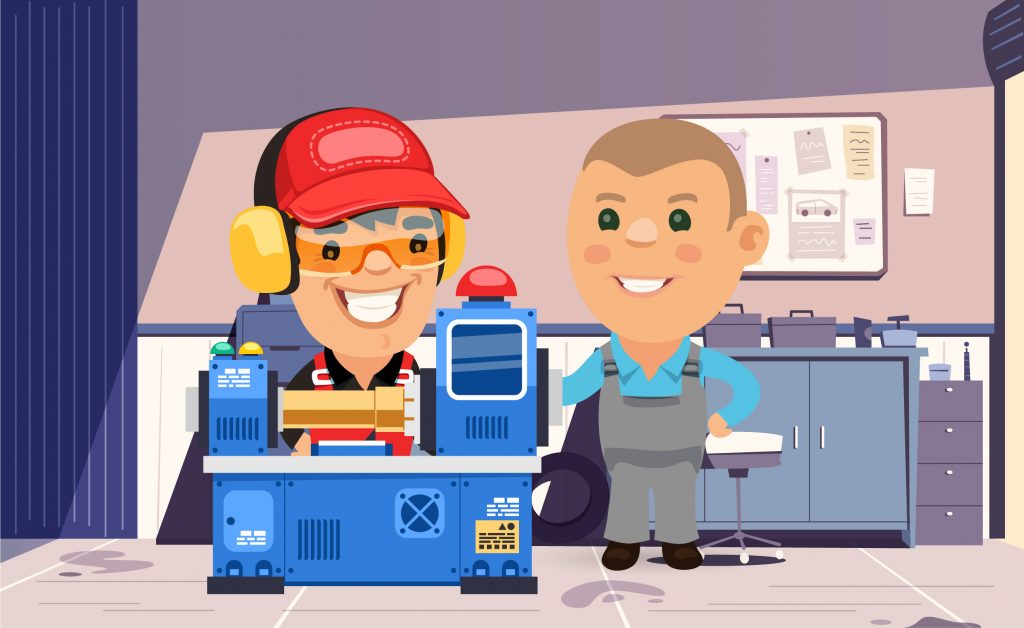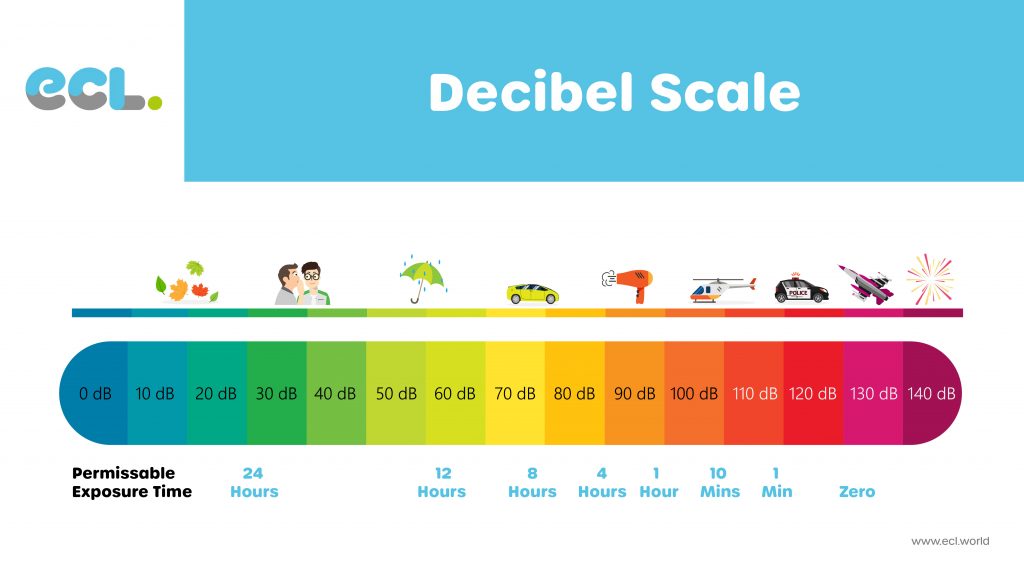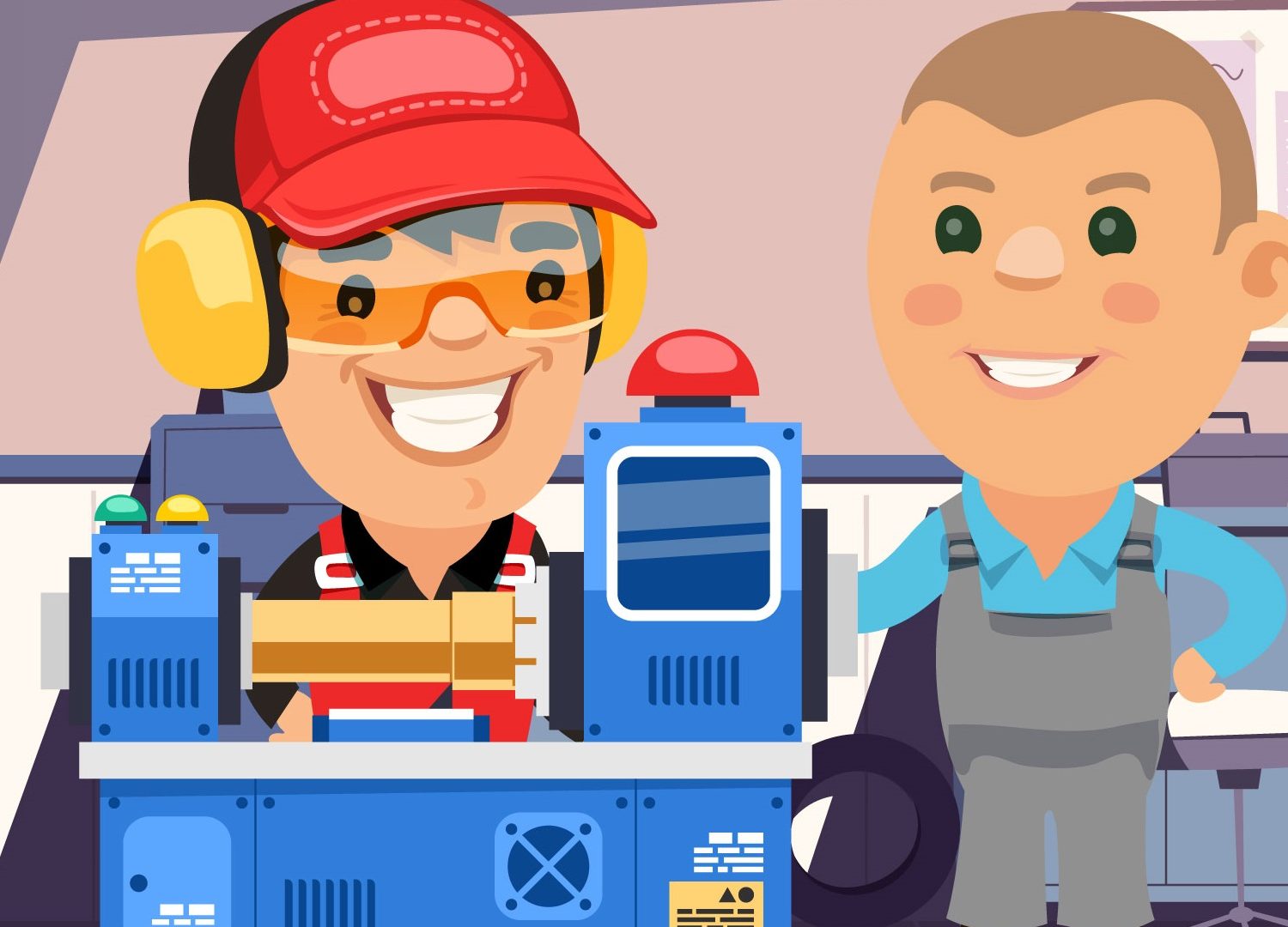NOISE EXPOSURE LIMITS AND UK WORKPLACE NOISE ACTION LEVELS
Noise Exposure Limits and Workplace Noise Action Levels are in place within the UK to act as a safety net due to the issue of workplace noise being so common within commercial and industrial environments.
Whether that be the buzz of a printing works production line or the twang of a hammer hitting metal when fabricating in a welding workshop.
UK Noise regulations state three stages of control regarding noise exposure limits in the workplace. These stages relate to the levels of exposure to the noise of employees averaged over a specific working day or week and also the maximum noise to which employees are permitted to be exposed within a working day.
A noise risk assessment of the danger to employee hearing must be completed for all employees that are exposed to loud noise at work.
This noise risk assessment must be based on evidence and reliable data, such as measurements of noise in your own premises. All people who assess these risks must be competent to do so and if exposure is above any of the limits summarised further down in this article, immediate action must be taken to protect staff welfare. This is where ECL can help.

WHAT ARE THE CURRENT WORKPLACE NOISE ACTION LEVELS?
Current noise regulations require employers to take specific action at certain workplace noise action values. These relate to the levels of noise exposure of employees averaged over a working day or week and the maximum noise (peak sound pressure) employees are exposed to in a working day. These limits are:
LOWER EXPOSURE ACTION VALUES:
- a daily or weekly personal noise exposure of 80 dB(A)
- a peak sound pressure of 135 dB(C)
UPPER EXPOSURE ACTION VALUES:
- a daily or weekly personal noise exposure of 85 dB(A)
- a peak sound pressure of 137 dB(C)
EXPOSURE LIMIT VALUES:
- a daily or weekly personal noise exposure of 87 dB(A)
- a peak sound pressure of 140 dB(C)
In applying the above noise exposure limit values, but not in applying the lower and upper exposure action values, account shall be taken of the protection given to the employee by any personal hearing protectors provided by the employer.
IMMEDIATE NOISE
For extremely loud noises that can cause immediate permanent damage, the highest instantaneous (peak) level of sound must be measured.
This is usually done when exploding devices such as cartridge operated tools are used, although any very loud percussive sounds may also need to be checked.
GRADUAL NOISE
For noise that can gradually, but permanently damage hearing, the noise is added up over a period of time.
UK Noise Regulations now allow for the average exposure over a week, instead of a single day.
This allows for employees who are exposed to loud noises only a few days throughout the week.
dB(A) Or dB(C)?
You may be asking yourself, what the difference between dB(A) and dB(C) is?
- + dB(A) refers to an 8-hour equivalent noise exposure level measured on an A-weighted scale.
- + dB(C) on the other hand refers to a peak exposure level measure on the C-weighted scale.
The importance of a peak exposure is that it is an instantaneous noise level and a single occurrence during an entire shift may render a noise exposure above any of the 3 reference values.
As a result, an employee may possibly be exposed to a personal noise level of 75dB(A) during their shift, but they used a hammer and anvil for a couple of minutes. During the hammering activity, a possible peak exposure of 141dB(C) can be recorded, which will then render the employee’s exposure above the Exposure Limit Value.
WHAT ACTIONS DO I NEED TO TAKE?
When employees are liable to be exposed to noise at or above the lower exposure action value, employers must make a ‘suitable and sufficient assessment’ of the risk from noise to the health and safety of those employees.
A Workplace Noise Assessment will be suitable and sufficient if it:
- Has been drawn up by someone who is competent to carry out the task
- Is based on advice and information from competent sources
- Identifies where there may be a risk from noise and who is likely to be affected
- Contains a reliable estimate of your employees’ noise exposures and a comparison of exposure with the exposure action values and limit values
- Identifies the measures necessary to eliminate risks and exposures or reduce them to as low a level as is reasonably practicable
- Identifies those employees who need to be provided with health surveillance and whether any employees are at particular risk
The employer should also prepare a noise action plan, together with a realistic time scale for achieving these controls.
Finally, the noise risk assessment shall be reviewed when there is a reason to suspect that it is no longer valid. For example, there may have been a significant change in the work to which the assessment relates, new noisy machinery installed, altered work patterns and so on.
In general terms the responsibilities/controls required at the various exposure action values and limit values are as follows:
BETWEEN EXPOSURE ACTION VALUES
If employees are exposed to noise levels at or above the lower exposure action value (not taking account of hearing protection):
- Perform a noise risk assessment for the health and safety of staff
- Suitable hearing protectors must be made available
- Information and training must be provided on current noise levels as well as associated risks
- Health surveillance should be provided where there is a risk to health
ABOVE UPPER EXPOSURE ACTION VALUES
If employees are exposed to workplace noise action levels at or above the Upper Exposure Action Value (not taking account of hearing protection):
- Personal noise exposure levels should be reduced as far as is reasonably practicable, without the use of HPDs
- Where it is impractical to reduce noise levels sufficiently, staff should be provided with adequate HPDs
- Noise maps should be drawn up that clearly indicate Hearing Protection Zones (HPZs)
- HPZ areas demarcated accordingly
- Any individual in the HPZ even if just passing through, should wear appropriate HPDs
- Employees working in the HPZs are to be provided with Audiometric testing health surveillance
ABOVE THE UPPER EXPOSURE LIMIT
Employers must not permit an employee to be exposed above the exposure limit values (NB taking into account hearing protection). If these values are exceeded:
- Immediate action to reduce exposure is required
- The reasons for over exposure must be addressed by reviewing the programme of control measures
- The adequacy of any hearing protection supplied must be reviewed
- All systems to ensure that noise-control measures are in place and maintained
When the Exposure Limit Value is reached, the employer is required to reduce noise levels at the ear of employees to below 87dB(A) or 140dB(C).
As mentioned earlier, this does, however, take the effect of Hearing Protection Devices (HPDs) into account.
Therefore, a noise level of 95dB(A) may, for example, be acceptable, as long as the employer can prove that the provided HPDs ensure adequate protection to below at least 87dB(A) or 140dB(C).

HOW TO REDUCE NOISE LEVELS
Reducing the noise levels within your workspaces will directly reduce the risk of hearing loss for you and your employees. You can achieve this with the help of:
- Shock absorbers
- Well maintained equipment
- Sound barriers, absorbers or reflectors
- Designing work areas to separate noisy machinery
- Limiting the time spent by employees in noisy areas
- Adding silencers and vibration dampers to machines and tools
PROVIDE HEARING PROTECTION DEVICES (HPDs)
You should work to reduce noise levels to below exposure action values.
Hearing protection should only be used as a last resort where risk remains after all other steps have been taken to reduce noise levels.
In terms of noise exposure limits and UK workplace noise action levels, we’ve already established a company’s obligation but how often should workplace noise assessments and Noise Monitoring be carried out?”
The HSE Control of Noise at Work Regulations state that a noise risk assessment (which includes having a noise survey carried out) should be reviewed if “there has been a significant change in the work to which the assessment relates” or “there is a reason to suspect that the risk assessment is no longer valid”.
A noise survey or occupational noise assessment may no longer be valid or needs to be reviewed if:
- The processes change in any way
- New noise controls have been installed
- Operator shifts change (ie. from 8 hours to 12 hours)
- New machines are installed or old machines removed
- Noise control measures have become reasonably practicable
- You become aware of new ways of working or controlling noises
There really is no set frequency for noise assessments, however, a regular noise survey will help determine the deterioration of any machinery that may be causing increases in noise level for example. ECL recommends that a noise survey be carried out and reviewed at least every two years.
YOUR NOISE EXPOSURE LIMIT EXPERTS
ECL has over 20 years of experience providing occupational noise monitoring services, information, and guidance to companies in the UK and around the world.
All ECL workplace noise assessments demonstrate compliance with Health & Safety best practice. ECL is competent to deliver an accurate, dependable, unbiased and fair service.
ECL issue fully-comprehensive reports of all measurements taken, interpreted against current legislation. Where necessary, advice and recommendations are given, including:
- Advice on the requirements of the Control of Noise at Work Regulations
- Immediate actions to reduce noise exposure
- Immediate actions to control noise exposure
- Selection of suitable hearing protection, based on octave band frequency analysis
- Noise zoning by mapping of the noise measurements, should these levels be consistent
ECL can undertake all of your Workplace Noise Monitoring requirements. These range from measurements of sound pressure levels during single activities to personal noise dose measurements for whole days for individual workers.
Fill out our ECL Enquiry Form or call us on 01443 841760 for any queries regarding noise surveys, occupational noise monitoring or workplace noise action levels. You may also be interested in our various other Air Quality Monitoring, Occupational Hygiene, and Environmental Consultancy services.

